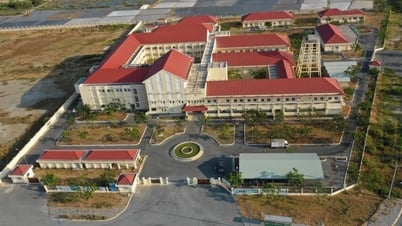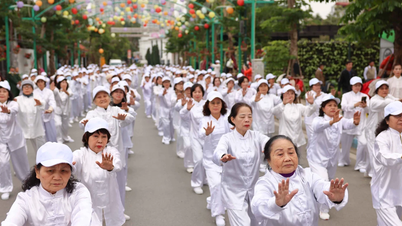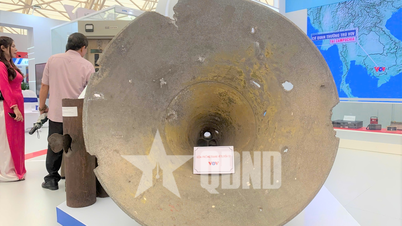Sometimes, the valves don't open or close properly, interrupting blood flow from the heart to the body. Heart valve disease can be congenital, but it can also occur in adults for a variety of reasons.
Aortic valve stenosis is a complex condition. Many times, people will not see or feel any symptoms. And as the disease gets worse, symptoms may develop so slowly that they are difficult to notice.
“The symptoms of heart valve stenosis can be very subtle,” says Vuyisile Nkomo, MD, an American Heart Association expert and a cardiologist at the Mayo Clinic.
“Heart valve disease is called the silent killer because it doesn’t cause any pain. It develops very slowly. And as the disease progresses from mild to moderate to more severe to very severe, the patient doesn’t even notice it,” according to Considerable .
What happens when the aortic valve is narrowed?
If one of the heart valves narrows, blood will have difficulty passing through it to the rest of the body when the heart contracts. This can cause the body to sometimes lack oxygen and nutrients.
According to the American Heart Association, as the disease gets worse, people may notice these symptoms:
1. Chest pain
2. Rapid, irregular heartbeat
3. Difficulty breathing or feeling out of breath
4. Feeling dizzy or lightheaded, fainting
5. Difficulty walking short distances
6. Swollen ankles or feet
7. Having trouble sleeping or having to sleep sitting up
8. Not being able to function as well as before or having a reduced ability to perform normal activities , according to Considerable .
Some symptoms, such as chest pain or shortness of breath, may be easier to spot. But other symptoms are easy to miss, especially if they develop slowly.
Not being able to keep up with friends during physical activities could be a sign of aortic valve stenosis PHOTO: SHUTTERSTOCK |
Pay attention to energy levels
Feeling less energetic or weaker may indicate this condition.
People rarely feel tired. They just feel like they can’t keep up with their friends in activities, says Dr. Nkomo. If you can’t do a physical activity that your peers can do, it could indicate a heart valve problem.
Of course, many other factors can make you feel like you have less energy. It could be fatigue or weight gain. You may also be reluctant to exercise because of arthritis.
“Anything can cause a person to fall behind, especially as they get older,” says Dr. Nkomo. But if you find yourself falling behind in your normal physical activities, consider whether aortic valve stenosis could be the cause.
If so, treatment to correct aortic valve stenosis will help people get better and live longer.
Don't ignore a fast or irregular heartbeat
A rapid heart rate can also be a sign of another heart problem. It can be a sign of another heart condition called atrial fibrillation. This condition occurs when the heart beats irregularly, which can lead to heart complications.
About 30 to 40 percent of people with aortic valve stenosis also have atrial fibrillation. And about one in five people have aortic valve stenosis. The two conditions often go hand in hand, Dr. Nkomo said.
Both atrial fibrillation and aortic valve stenosis are common in older adults, says Dr. Nkomo. And the symptoms of atrial fibrillation can be similar to those of aortic valve stenosis, including shortness of breath, fatigue, and heart palpitations, according to Considerable .
Complications of heart valve diseaseAccording to the Mayo Clinic, heart valve disease can cause many complications, including: Heart failure Stroke Blood clots Irregular heartbeat Death . |
Source: https://thanhnien.vn/gap-8-dau-hieu-benh-van-tim-nang-nay-hay-di-kham-ngay-1851075759.htm







![[Photo] Hanoi is ready to serve the occasion of the 80th National Day Celebration on September 2nd](https://vphoto.vietnam.vn/thumb/1200x675/vietnam/resource/IMAGE/2025/8/29/c838ac82931a4ab9ba58119b5e2c5ffe)






























































































Comment (0)